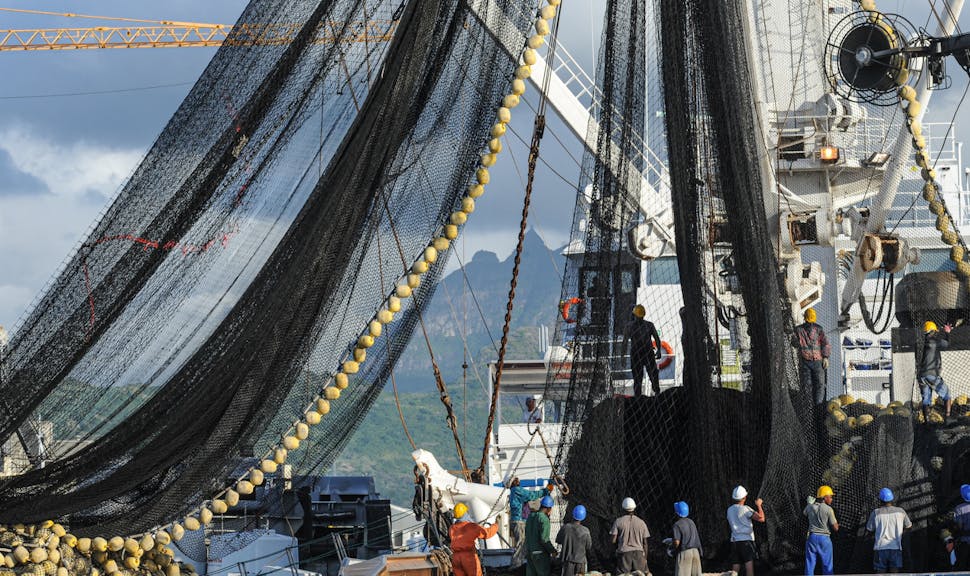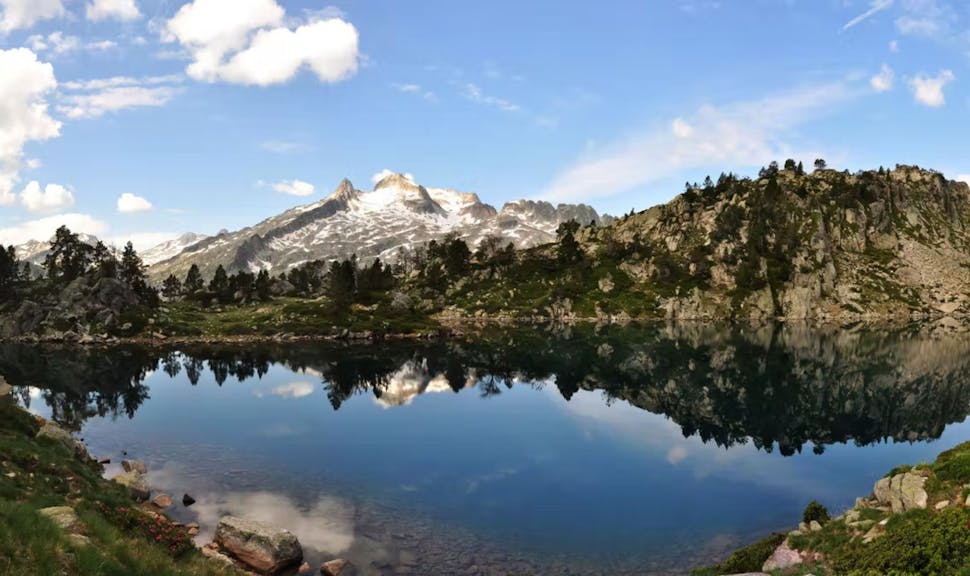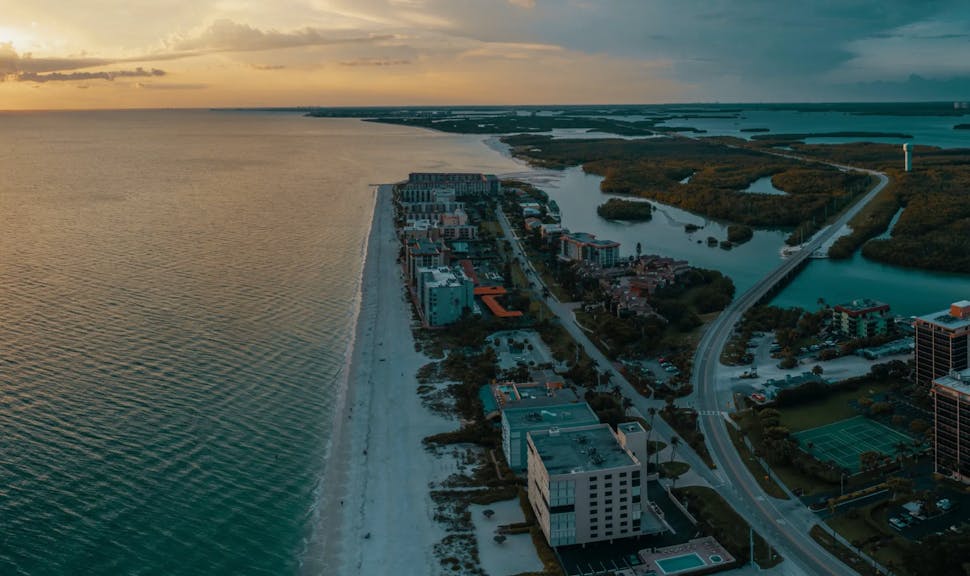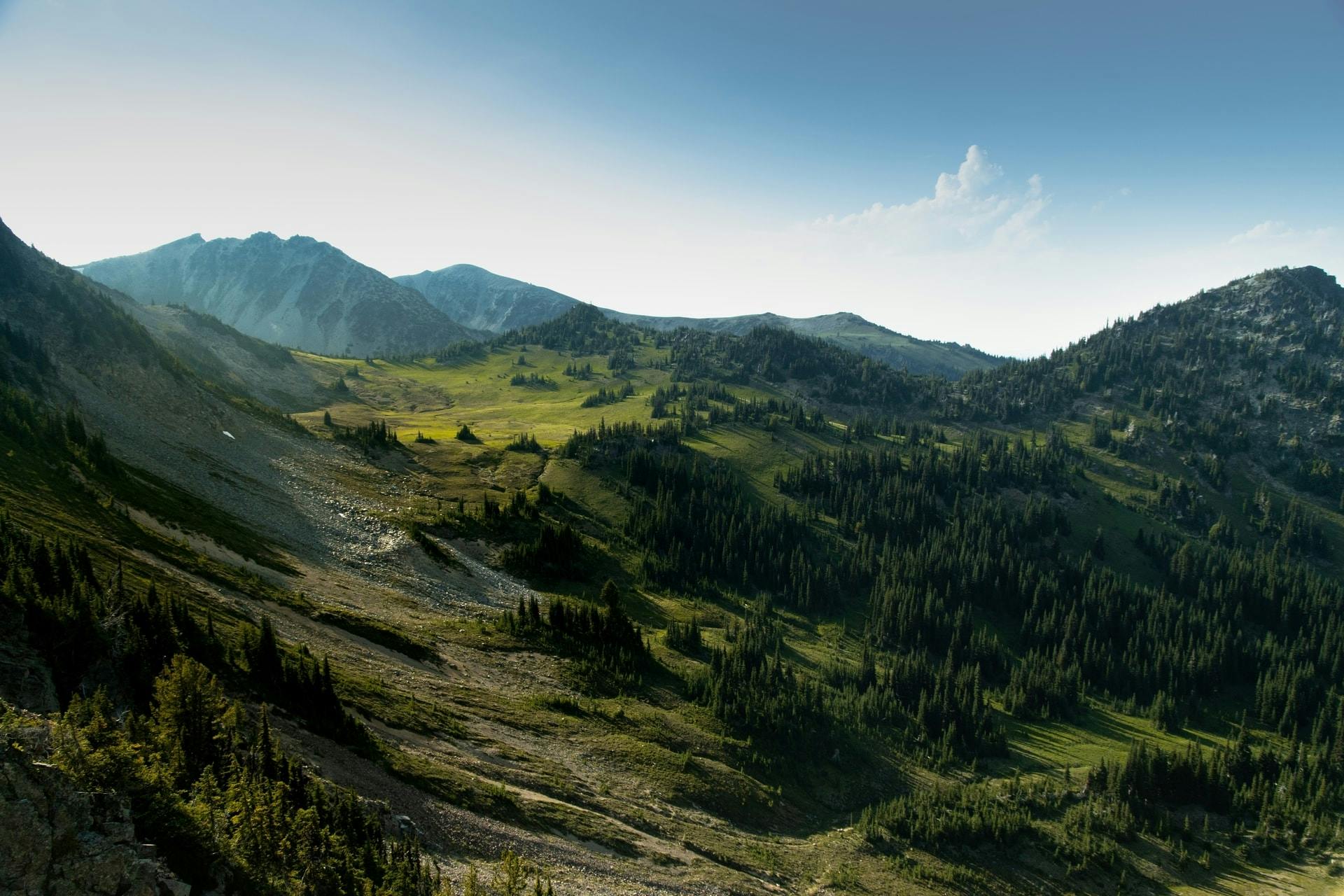

Dirk SchmellerAXA Chair at Institut National Polytechnique de Toulouse
March 31, 2022
Climate Change and Biodiversity: the Essential Role of Mountain Forests
Prof. Dirk Schmeller, AXA Chair at Institut National Polytechnique de Toulouse, discusses the importance of old-growth forests in combating climate change due to their carbon storage capacity and halting biodiversity loss.
4 minutes
Original Content: The Conversation, in partnership with the AXA Research Fund
Thanks to their unparalleled atmosphere, forests hold a special place in many human cultures. Like that of Brocéliande, they participate in constructing tales and legends where one would find witches, elves, and goblins.
But beyond the myths they convey, they play a critical role in mitigating climate change and witnessing the loss of biodiversity, two significant challenges we are currently facing.
Their contribution to biodiversity and their ability to absorb CO2 from our atmosphere is considerable.
There is a debate on the importance of the contribution of trees and forests to carbon sequestration. A first estimate puts 205 gigatons of carbon (GtC) the CO2 absorption of trees on a global scale each year. This estimate was deemed overly optimistic and revised down to 42 GtC.
These corrections are not unusual since these are model estimates thus coming with assumptions. The actual value could be between the declared values.
This 42 GtC represents four times annual fossil fuel emissions (10 GtC/yr), but only a tiny fraction of the 660 GtC of total historical anthropogenic emissions.
Nevertheless, the world's forests have an essential role in mitigating climate change.
7,500 species of birds
But what is a forest? You will no doubt agree that it is a tree-dominated ecosystem. We can distinguish three main types of forests: boreal, temperate, and tropical.
The most remarkable features of a forest are the density of trees and the variability in their height. These features allow these ecosystems to house nearly 7,500 bird species (75% of all birds), 5,000 species of amphibians (80% of all known species), and more than 3,700 mammals (68% of all mammal species).
Here, we understand why forests play an essential role in halting biodiversity loss.
The old ones are of the most significant value, as they are particularly rich in species.
Old-growth forests are structurally more intact and complex than secondary forests and provide superior ecosystem services.
In general, old-growth forests are home to more species than their younger counterparts, more disturbed by human activities and climate change. In other cases, primary and secondary forests may support a similar number of species. Still, old-growth forests support rarer species specially adapted to these ecosystems.
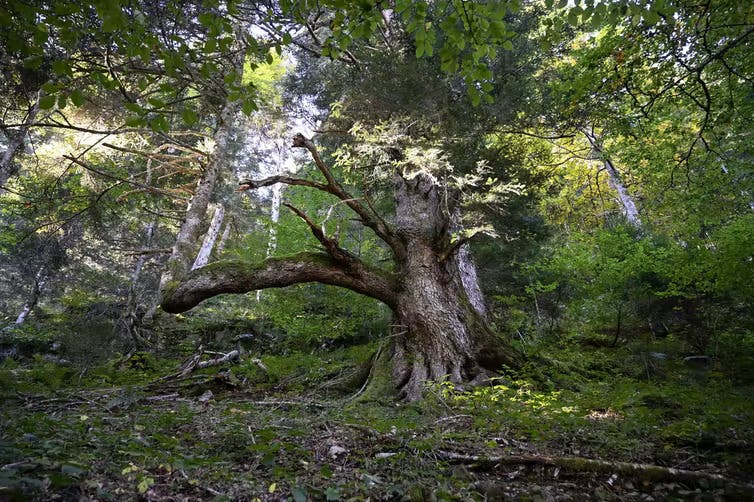
An ancient pine tree in the IBR at the Cirque de Campuls.
A teeming life
While forests may seem immutable, they are dynamic—a swarming life but invisible to the untrained eye nests there. Billions of microbes break down dead plants and animals, making the nutrients available to other organisms.
Pollinators and seed dispersers (insects, mammals, birds) help trees reproduce by moving pollen between stationary trees and seeds into gaps where they are more likely to survive.
Organisms absorb, transform and transport nutrients. The wind disperses the pollen, fertilizing planes and trees miles away. These ecological processes are intact in old-growth forests and provide essential human services.
When it comes to climate change, trees are one of the best carbon storage units. They absorb CO2 to feed and grow during photosynthesis, thus releasing oxygen (and a small fraction of CO2).
Forests store much of the carbon in terrestrial ecosystems. As forests age, plants grow, die, and decay, so old-growth forests are fuller of carbon-storing plant matter in their soil than secondary forests.
Ancient forests can hold 30-70% more carbon than degraded forests of a similar size, making them essential in the fight against the climate crisis.
The forests suffer
Like all ecosystems and species, forests suffer. They suffer from water stress, degradation, exploitation, pollution, damage caused by harmful species, and changing conditions to which they are too slow to adapt.
Nitrogen pollution is a formidable threat. Derived from intensive agriculture and animal husbandry, power plants, road traffic, and other sources, it has steadily increased since it was first measured in 1950.
Nitrogen deposition makes soils more fertile. This over-fertilization disrupts fungal symbioses with tree roots, as increased atmospheric nitrogen concentrations cause ectomycorrhizal fungi to decline.
This disturbance, coupled with higher temperatures, allows trees to grow faster. Still, their wood is of lower quality due to the lack of a functional symbiosis with root fungi.
Globally, an estimated 1.11 billion hectares (11 million km 2 ) of old-growth forests remain (36% of all forests), roughly the size of Europe. About 70% of these ancient forests are spread between Brazil, Canada, and Russia. Humans continually decimate these beautiful ecosystems' unprotected parts.
Giant trees of the Marcadau valley
In Europe, there are only a few hectares of primary forests left, most of which are in hard-to-reach mountain areas. These access difficulties have saved these areas from logging in the past.
Mountain forests are therefore of particular importance for conserving intact and species-rich areas. For example, in the French Pyrenees, in the Marcadau Valley (Pyrenees National Park), you can observe giant trees up to 500 years old (Photos).
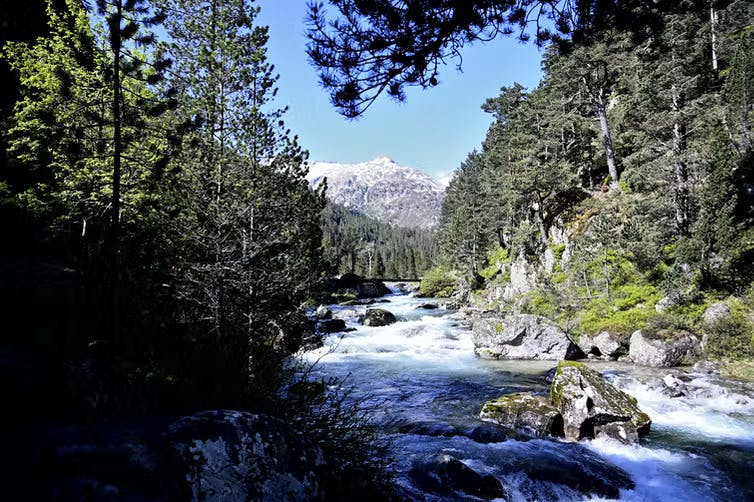
The Marcadau valley. DS, provided by the author.
In an area of the Ariège Pyrenees, which now has the status of Integral Biological Reserve (IBR), there are trees between 150 and 200 years old. A forest ultimately relatively young and yet one of the oldest forests that we still have in France.
An IBR is a strictly protected site where human activity is prohibited. This status is rare in Europe, as we can see in this video, filmed in an IBR located in the circus of Camp. This IBR protects primary forests on steep and almost inaccessible mountains.
Finding a common strategy
A greater diversity of trees also means a greater variety of animal and microbial species. In general, greater diversity is considered to protect the entire forest from pest species and pathogens, making it more resilient to external pressures, such as the effects of climate change.
Even if some tree species are affected by a pest species or pathogen, others may not be affected and can therefore maintain much of the forest processes, increasing the recovery potential of the entire forest.
Due to the increasing impacts of climate change, forest loss will become more frequent. We have perhaps the best chance of further expanding our forest areas to combat climate change and biodiversity loss in temperate regions. For this, we must find a common strategy and understand that by protecting our mountain forests, we are protecting ourselves.
The English version is a translation of the original article in French for informational purposes only. In case of discrepancies, the original French article will prevail.
More about Prof. Dirk Schmeller's research project
LEARN MORETags:
Biodiversity